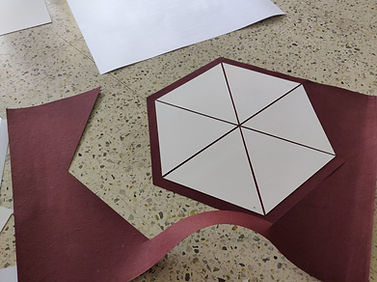
Context.
Creative Education / Game Development
One of the most dreaded subjects in primary education and otherwise academically is Mathematics. 35% of the students from an unbiased sample of the age 8-9 years say they find math the most difficult subject. This is for a number of reasons, ranging from the mode of information transfer as opposed to active learning, to the fact that young minds are not ready for the level of abstraction required for math at this stage of mental and cognitive development. The concrete operational stage of brain development (according to Jean Piaget) is the age where students are introduced to math and its basic concepts, and taken all the way to multiplication and division, although the brain in not ready for abstract concepts until after this stage.

Demystifying mathematics is a board game that aims to familiarise students with patterns and relations between numbers and operators, and enriches their understanding by adding real time examples in words problems, while their primary focus is winning the game. This removes the fear that often comes with the subject tag, and as a board game, students tend to come back to it and, in essence, practice.



The 'chocolate pieces' of the game serve the function of both progression and transaction. The bar is used to generate dynamic calculations that are different every time, and these calculations determine how many steps to move, how many chocolate pieces to give or take, among other things.


Card examples:
"How many factors does 16 have? More forward by the number of factors 16 has."
or
"Move forward by five less than half of your chocolate bar. Round off iff necessary."
The cards are carefully crafted, grade wise, after studying the syllabus of grades 3-6, across boards, indian and otherwise.

The game has bits of fun facts about the manufacturing process of chocolate. There are three major steps of the process that are used in this game as collectibles for a lottery of sorts.



There are quiet references to compound shapes - triangle becoming a trapezium becoming a hexagon, a chapter in grade 4, CBSE
A reconstructible dice to quickly understand that a cube is 6 squares.
Generally, in a game of 4-6 players, the board is rectangular and this makes for awkward seating. This six sided board fits well on an arrangement of 4 standard sized school tables, with adequate elbow space if chocolate pieces are kept between the arms of the player and the board.


The dice can be disassembled, and can carry the pawns. Often, in board games, the pawns are kept in plastic packaging, this eliminates the need for tiny plastic bags.
Fun detail: the 'operate' function allows the player to add, subtract, multiply or divide the numbers on the two dice, to determine a more favourable destination.





